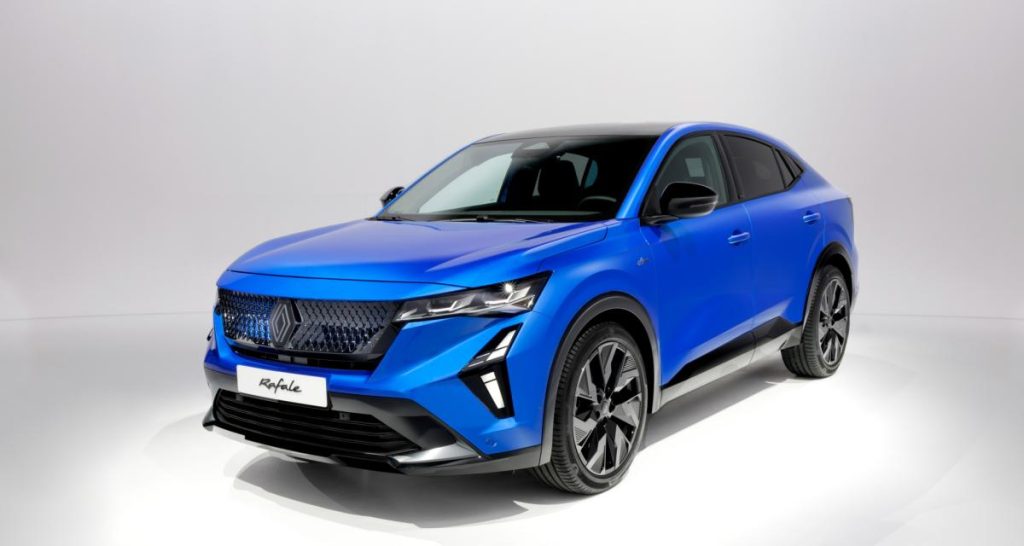This new single-seater will be on track for the 2024, 2025 and 2026 seasons. As a reminder, F2 is the antechamber of F1 and allows drivers to practice race strategies, tire management and racing in packs. . And that’s why the FIA and the F2 are trying to make this single-seater look a lot like Formula 1, while controlling the cost (all cars are identical NDLA).
For this new single-seater, the front wing and the flat bottom have been redesigned to allow battles on the track as close as possible. The new wing is very similar to that of the F1 model. Compared to current fins, it is obviously much simpler in its definition and has two planes in addition to the first structural plane.
The sidepods are also simplified and the flat bottom is structured to suck up the car, like in F1. At the rear, we go from an old-style wing to an F1-style wing. The “end plates” (side uprights) are melted into the drawing. What you can see a lot is the central wave, Super Formula style, there is also a “Gurney flap” (the square at the end which adds support by limiting drag.
The engine remains the 3.4 liter V6 turbo Mecachrome. It is still evolving to switch to 100% synthetic fuel from Aramco, which will arrive as a percentage in 2025 to be 100% synthetic in 2027. For 2024, we will continue with 55% “bio-sourced” fuel like this year. Several pilots will test the single-seater. The debugging was done by Tatiana Calderon in July in Varano. The defending champion, Felipe Drugovich should also take the wheel, for lack of F1.
All the teams should receive a single-seater by the end of 2023. The second will arrive in mid-January 2024. A shakedown with a single-seater will be set up by the FIA so that the teams get used to this new single-seater.



